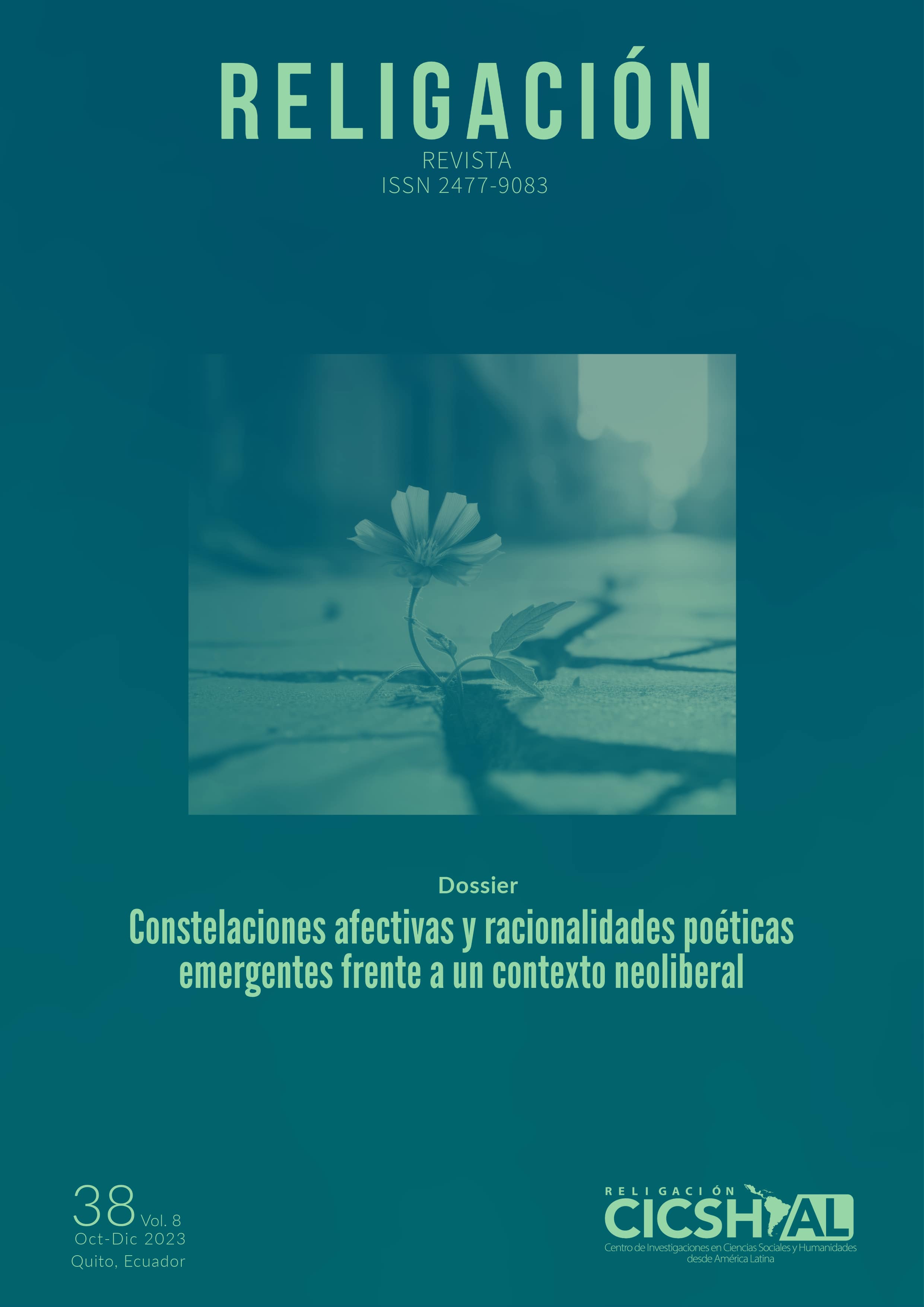Environmental assessment model for housing with sustainable materials in Joa site - Jipijapa, Ecuador
Abstract
This paper presents an environmental assessment model for housing construction with sustainable materials in the Joa site, located in Jipijapa, Ecuador. The study aims to develop an evaluation system that considers the environmental impacts of the materials used, promoting sustainability in local construction. A methodology based on key sustainability indicators was employed, including energy consumption, carbon emissions, material recyclability, and waste generation. The results show that the implementation of this model can reduce the environmental impact of construction, encourage the use of local resources, and improve residents' quality of life. In conclusion, the application of this model is recommended for future social housing projects in the region to strengthen sustainable construction practices.
Downloads
Metrics
References
Arguedas Garro, C. E. (2021). Estudio de datos relativos a emisiones de CO2 en materiales de construcción como estrategia para la rehabilitación de fachadas con bajo impacto ambiental [Tesis doctoral, Universidad Politécnica de Valencia].
Amato, M. (2022). El desafío de la sostenibilidad en la gestión de residuos sólidos urbanos [Tesis de maestría, Universidad Torcuato Di Tella]. https://repositorio.utdt.edu/handle/20.500.13098/11681
Asdrubali, F., Baggio, P., & D'Alessandro, F. (2017). Environmental impact of building materials: A review of existing assessments and tools. Building and Environment, 117, 206-220. https://doi.org/10.1016/j.buildenv.2017.03.031
Baker, S., Davis, A., & Albers, J. (2014). Sustainable construction: Emerging approaches to evaluating the use of materials in the construction of social housing. Renewable and Sustainable Energy Reviews, 39, 126-139. https://doi.org/10.1016/j.rser.2014.07.035
Bribian, I. Z., Uson, A. A., & Scarpellini, S. (2011). Life cycle assessment in buildings: State-of-the-art and simplified LCA methodology as a complement for building certification. Building and Environment, 44(12), 2510-2520. https://doi.org/10.1016/j.buildenv.2009.11.018
Cabeza, L. F., Rincón, L., Vilariño, V., Pérez, G., & Castell, A. (2014). Life cycle assessment (LCA) and life cycle energy analysis (LCEA) of buildings and the building sector: A review. Renewable and Sustainable Energy Reviews, 29, 394-416. (https://doi.org/10.1016/j.rser.2013.08.037).
Dixit, M. K., Fernández-Solís, J. L., Lavy, S., & Culp, C. H. (2010). Identification of parameters for embodied energy measurement: A literature review. Energy and Buildings, 42(8), 1238-1247. https://doi.org/10.1016/j.enbuild.2010.02.016
Dixit, M. K., Fernández-Solís, J. L., Lavy, S., & Culp, C. H. (2013). Need for an embodied energy measurement protocol for buildings: A review paper. Renewable and Sustainable Energy Reviews, 16(6), 3730-3743. https://doi.org/10.1016/j.rser.2012.03.021
Giesekam, J., Barrett, J. R., & Taylor, P. (2016). The greenhouse gas emissions and mitigation options for materials used in UK construction. Energy and Buildings, 78, 202-214. https://doi.org/10.1016/j.enbuild.2016.05
González, M. J., & García, J. (2020). Impactos Ambientales de la Construcción y las Estrategias de Mitigación. Editorial Reverte.
Gómez García, D. C. (2020). Análisis del ciclo de vida en la construcción: evaluación de las etapas incorporadas de elementos de la vivienda y de su entorno urbano [Tesis doctoral, Universitat Politécnica de Catalunya]. http://hdl.handle.net/2117/328192
IPCC (2018). Global warming of 1.5°C: An IPCC Special Report. Intergovernmental Panel on Climate Change (IPCC). https://www.ipcc.ch/sr15/
Kibert, C. J. (2016). Sustainable Construction: Green Building Design and Delivery. Wiley.
Ortiz, O., Castells, F., & Sonnemann, G. (2009). Sustainability in the construction industry: A review of recent developments based on LCA. Construction and Building Materials, 23(1), 28-39. https://doi.org/10.1016/j.conbuildmat.2007.11.012
Copyright (c) 2023 Glider Nunilo Parrales Cantos

This work is licensed under a Creative Commons Attribution-NonCommercial-NoDerivatives 4.0 International License.











